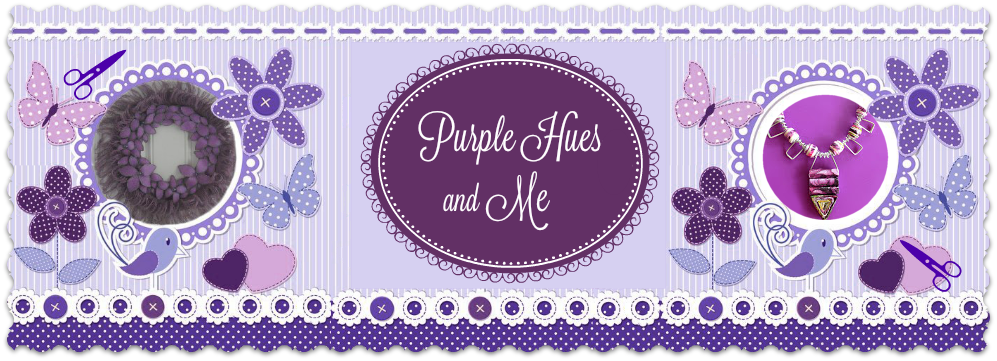Hey all! I'd like to introduce you to the Hellebores plant! Some may know it as the Christmas rose that's popular around the holidays. When most flowering plants are lying dormant during the winter months, the Hellebores is blooming like no other. The plants are surprisingly frost-resistant and many are evergreen ranging in beautiful hues from white to purpleblack! Sounds amazing, doesn't it!
Here's a little bit about the hellebores. What you see when looking at the hellebores are not petals but sepals - five of them which are sometimes spotted and splashed with beautiful colors, too! The function of the sepals is to protect the flower part which is in the center like a cluster of stamens and small petals. Check them out in the photo!
That being said, I found inspiration in creating a version of the hellebores out of foam sheets - one of my favorite crafting mediums. I love making flowers with foam sheets like here and here. Take a look at this hellebores close-up: Can you imagine creating something similar with foam sheets for this month's Creative Craft Blog Hop? Sepals (A) normally form outside of petals as a protection and support of the bud and flower. There are usually 5 sepals. The stamens (B) are the male part of the flower and are made up of 2 parts, the long white filament and the anther that sits on top holding the pollen. There can be up to 150 stamens per flower. The stamens surround the female part of the flower, the carpel (C). Fertilization of the carpels can be by insects, bees or wind. Replacing the petal in the case of Hellebores are small nectaries (D) that sit at the base of the sepals and provide food for pollinators.
Diagram of the parts of a Hellebore flower.
To make -
Gather:
Foam Sheets - 8"x12" Thin (1-2 mm)
Floral stem wire
Hot glue gun and glue sticks
Faux stamen
Duct tape
Sepal (petal) pattern
Acrylic paint
Chalk pastels
Leaf mold (optional)
Iron, scissors, straight pin, skewer stick, sponge, water
Instructions:
It's best to use the thinnest foam sheets you can find. The ones found in the children's craft section at the craft stores are a bit thick to make flowers. Luckily, I had a pack of thin foam sheets I had gotten from the Dollar Tree a couple of years ago but I don't think they carry this any longer. I haven't been able to find any for quite sometime now. Too bad there wasn't any purple in the bunch, but it did have pink, yellow and green sheets - enough to show you how to make a hellebores.
Let's begin with making the carpel (center) by taking a strip of yellow foam sheet about a half inch wide and six inches long. Fold the strip in half and make thin cuts along the strip leaving a border at the top.
Next, dip a straight pin in acrylic paint and add "rays" to each sepal . . .using a damp sponge rubbed over the end of a chalk pastel to tint with additional color. Seal colors and soften the foam by laying each sepal on an iron plate for a few seconds.
Wrap the base and stem wire in floral tape.
Then begin gluing sepals on, one at a time . . .
until all . . .
five are attached.
Then begin wrapping the base and stem wire with floral tape.Add leaf shapes by cutting out green rectangle 4"x2 3/4" pieces . . .
and placing on an iron for a few seconds and quickly pressing down on a leaf mold to give the foam texture (optional) Click here to make leaves without a mold.Then cut out the textured piece in a leaf shape . . .and add floral stems to center back using hot glue. Then connect the leaves to the main hellebores stem wire using . . .
floral tape.
If you're following the blog hop, up next, is Mary @ Home is Where the Boat Is sharing her awesome project!

















































































